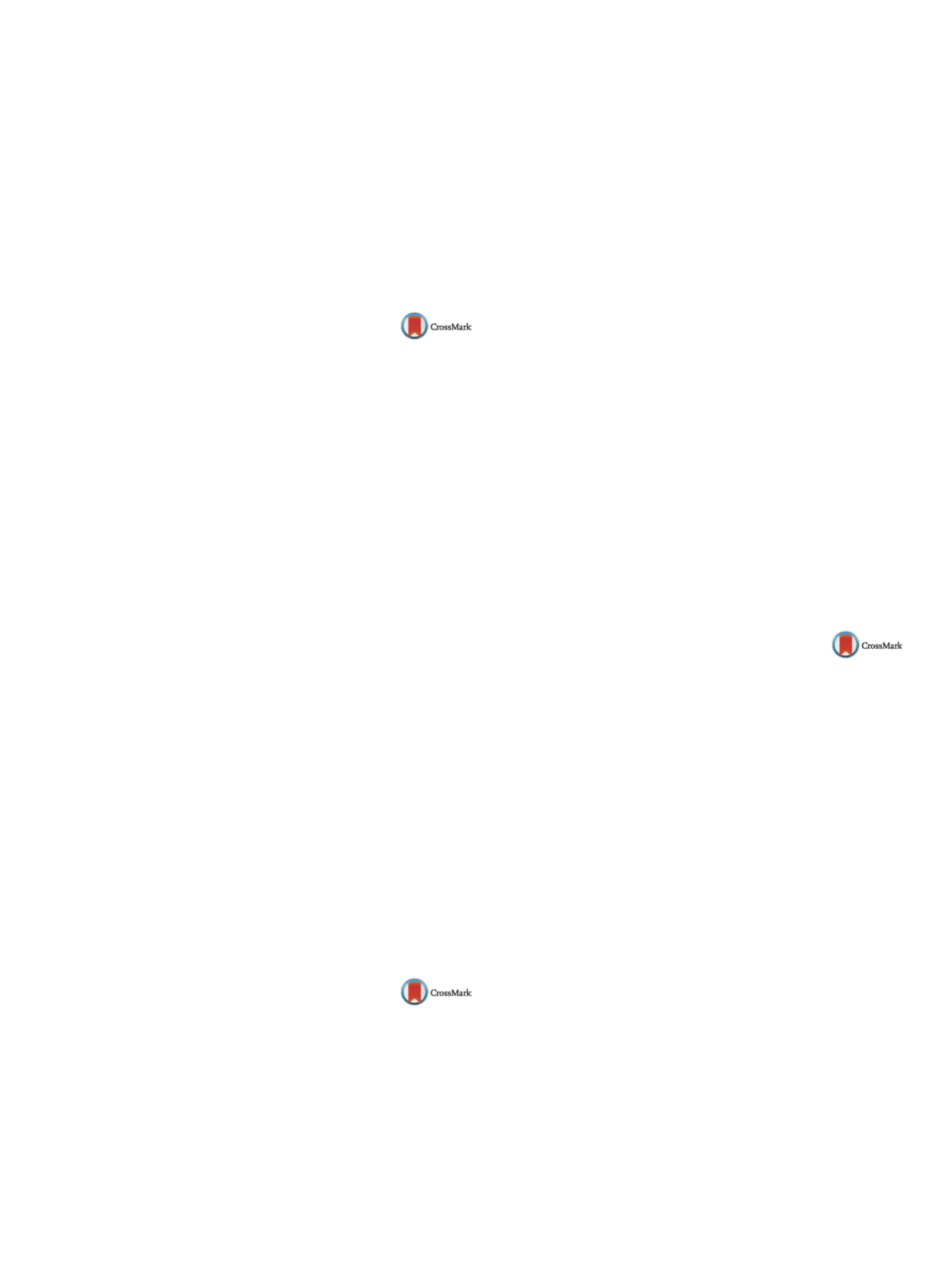

25th European Congress of Psychiatry / European Psychiatry 41S (2017) S405–S464
S437
behavioral responses to provocation. Research on the social and
cognitive processing in aggressive youth indicates that distorted
interpretations, attributional biases, and deficiencies in problem
solving can all influence the selection of aggressive behavior
responses. Furthermore, cognitive processing patterns are likely
to become more rigid over time, and as such the maladaptive
aggressive behaviors prompted by dysfunctional cognitions will be
maintained.
Disclosure of interest
The author has not supplied his declaration
of competing interest.
http://dx.doi.org/10.1016/j.eurpsy.2017.01.431EV0103
Association between depression and
alexithymia in adolescents with
Acne
vulgaris
R. Feki
1 ,∗
, R. Sellami
1, I. Feki
1, D. Trigui
1, H. Turki
2,
J. Masmoudi
11
CHU Hédi Chaker Sfax, Psychiatrie A, Sfax, Tunisia
2
CHU Hédi Chaker Sfax, Dermatology, Sfax, Tunisia
∗
Corresponding author.
Introduction Acne vulgaris
is a common skin disease that affects
the majority of adolescents. The physical changes of acne may have
negative effects on the psychological structure of adolescents such
as anxiety and depression. Alexithymia has been suggested to be
an important symptom in psychodermatological patients.
Objective
Our study aims to access depression in adolescents
with
A. vulgaris
and to evaluate its relationship with alexithymia.
Methods
This is a descriptive cross-sectional study regarding 50
adolescents followed in the outpatient dermatology unit of Hédi
Chaker University hospital in Sfax (Tunisia). To assess depression,
we used a psychometric tool: Beck Depression Inventory (BDI).
The Toronto Alexithymia Scale (TAS-20) was used to evaluate alex-
ithymia. The severity of acne was evaluated with the Global Acne
Evaluation (GEA) Scale.
Results
The mean age of adolescents was 15 years 9 months.
Almost all of adolescents was female (82%), and live in urban area.
The severity of
A. vulgaris
was mild in 50%, moderate in 32% and
severe in 18%.
The prevalence of depression was 48%. Twenty-four percent of
them have a major depression. Forty-six percent of patients scored
positive for alexithymia.
The occurrence of depression was significantly associated to alex-
ithymia (
P
= 0.003).
Conclusion
This study showed a positive correlation between
alexithymia and depression.
These results can be useful in treatment based on processing of
emotional information and regulation of emotions.
Disclosure of interest
The authors have not supplied their decla-
ration of competing interest.
http://dx.doi.org/10.1016/j.eurpsy.2017.01.432EV0104
Mental health promotion and
co-evolution appreciation of familiar
history: Case study
M.H. Figueiredo
1 , P.D.L. Claúdia
2 ,∗
, F. Moreira
3 , M.Lebreiro
3 ,F. Guimarães
41
Escola Superior de Enfermagem do Porto, Docente, Porto, Portugal
2
Forall, Desenvolvimento Pessoal e Bem Estar, Formac¸ ão, Porto,
Portugal
3
Escola Superior de Enfermagem do Porto, Investigac¸ ão, Porto,
Portugal
4
Centro Hospitalar de Guimarães, PedoPsiquiatria, Guimarães,
Portugal
∗
Corresponding author.
Introduction
The developments of familiar therapy allows a sys-
temic (collaborative) approach centered in what functions best in
the system, integrating action plans which presupposes a family
appreciation concept as a transformer system.
Objectives/aims
Presentation of a family clinical case (X family)
in which one of the members is diagnosed with “elective mutism”,
this being labelled as a “a family problem” which led to familiar
therapy.
Methods
In the therapeutic process we use a number of resources
centered in family strengths as strategies directed to the solu-
tion and system change. We incorporate an innovating strategy,
which we call “differentiated spectularity”, trying to make some-
thing different based on therapy concepts centered on solutions.
The presentation of exceptions and the use of scales allowed us to
monitor the change process.
Results
The strategy materialization, where family members in
their family environment saw the film of their latest session in a
favourable context for the enlargement of their own vision as a
family, allowed change expansion amplifying its complexity. The
family members perceive themselves as having a moderate cohe-
sion level, increasing the levels of adaptability, which places the
X family in a “balanced” class. The family member with a diagno-
sis of elective mutism, after six months of family therapy, showed
changes in withdrawal, anxiety and shyness behaviour.
Conclusions
Sharing familymembers different versions allows us
to tell the story over and over again. The questioning emerging
from the pro-active mirror effect is the core element of the change
registered with incidence in the emotional and behaviour domains.
Disclosure of interest
The authors have not supplied their decla-
ration of competing interest.
http://dx.doi.org/10.1016/j.eurpsy.2017.01.433EV0105
Evaluating the effectiveness of
methylphenidate with a combination
of magnesium, zinc and calcium for
the treatment of patients with ADHD
in the city of Zahedan
M. Firouzkouhi Moghaddam
1 ,∗
, A.H. Heidari Poor
2, M. Khosravi
1,
T. Rakhshani
31
Zahedan University of Medical Science, Psychiatry, Zahedan, Iran
2
Rozbeh Hospital, Psychiatry, Tehran, Iran
3
Shiraz University of Medical Science, Public Health, Shiraz, Iran
∗
Corresponding author.
Introduction
This study aimed to investigate the therapeutic
effect of a combination of magnesium, calcium and zinc as a com-
plementary treatment in a population of the children with ADHD
in Zahedan.
Material and method
In this clinical trial, 40 patients with
ADHD aged 6 to 12. The simple convenience sampling was done
and the patients were randomly divided into two groups of
receiving methylphenidate plus magnesium+ zinc + calcium, and
methylphenidate plus placebo.
Results
Themean severities of the symptoms in the group treated
with methylphenidate plus the supplements were 40/4
±
2/4
before the treatment, and 19/5
±
6/1 after 8 weeks of treatment
(
P
< 0.001).
Conclusion
This study shows that zinc, magnesium and calcium
supplement is useful in the treatment of ADHD and can be used to
treat patients.
Keywords
Methylphenidate; Attention deficit hyperactivity
disorder; Zinc; Magnesium; Calcium
Disclosure of interest
The authors have not supplied their decla-
ration of competing interest.
http://dx.doi.org/10.1016/j.eurpsy.2017.01.434

















